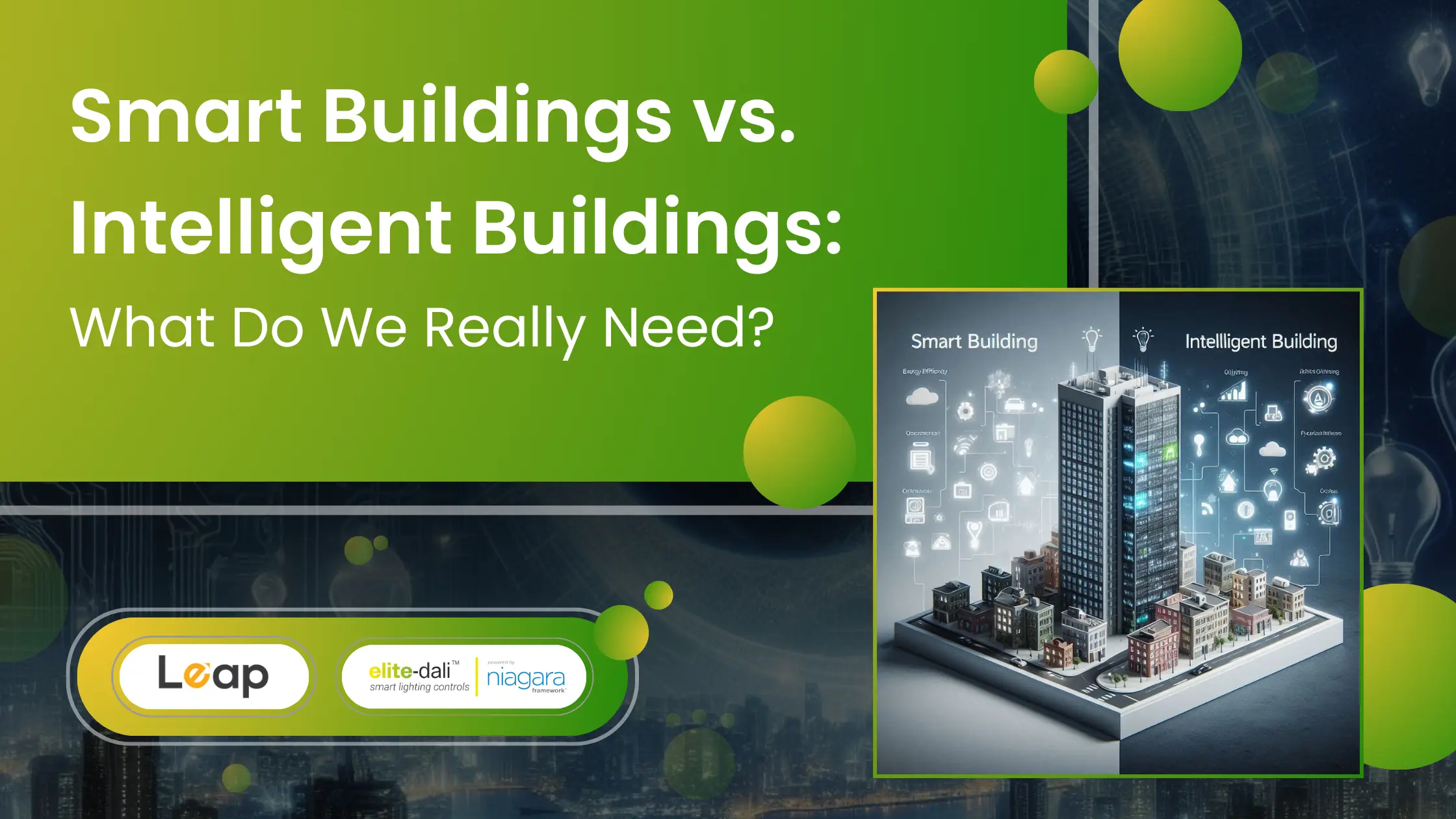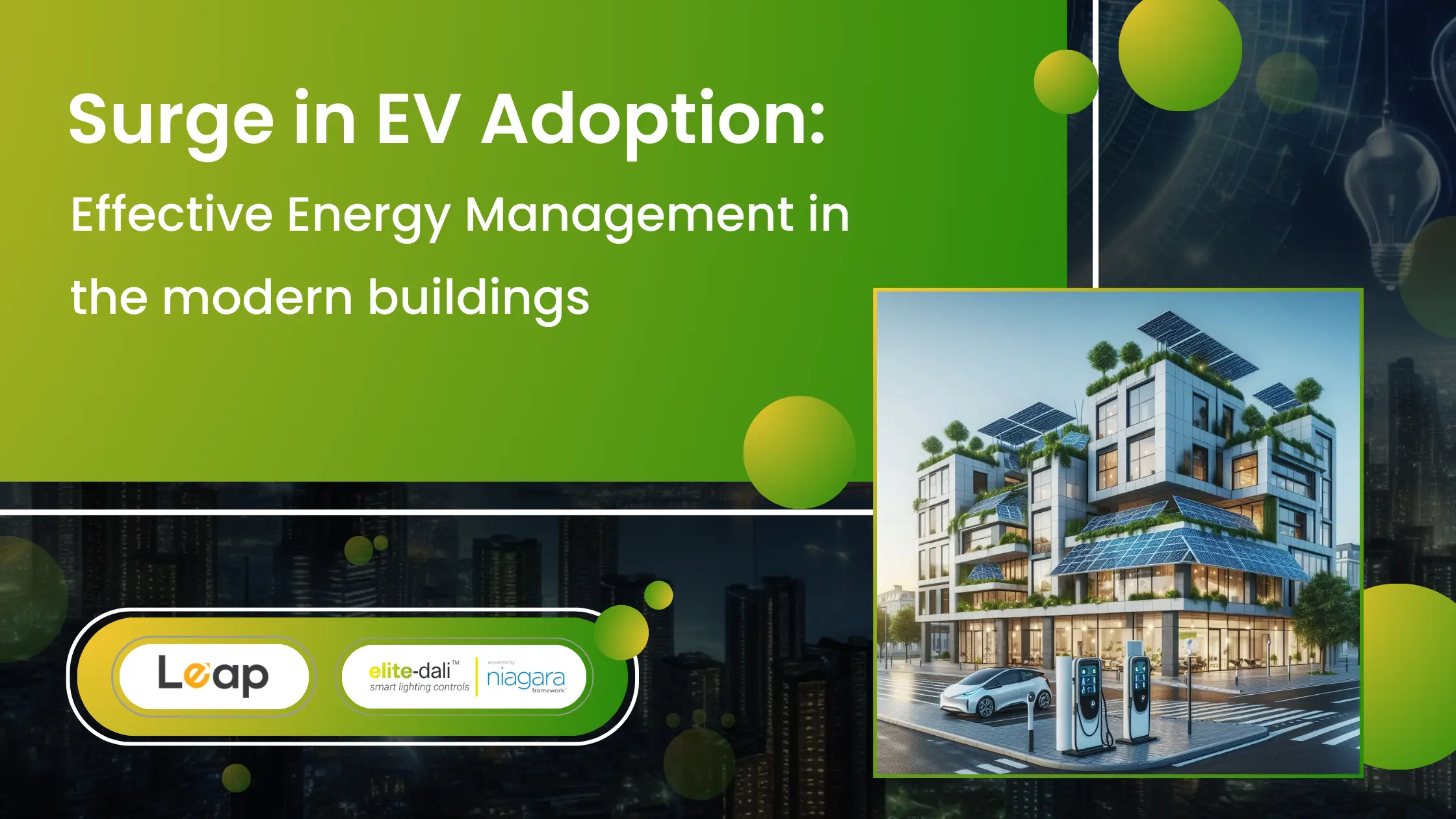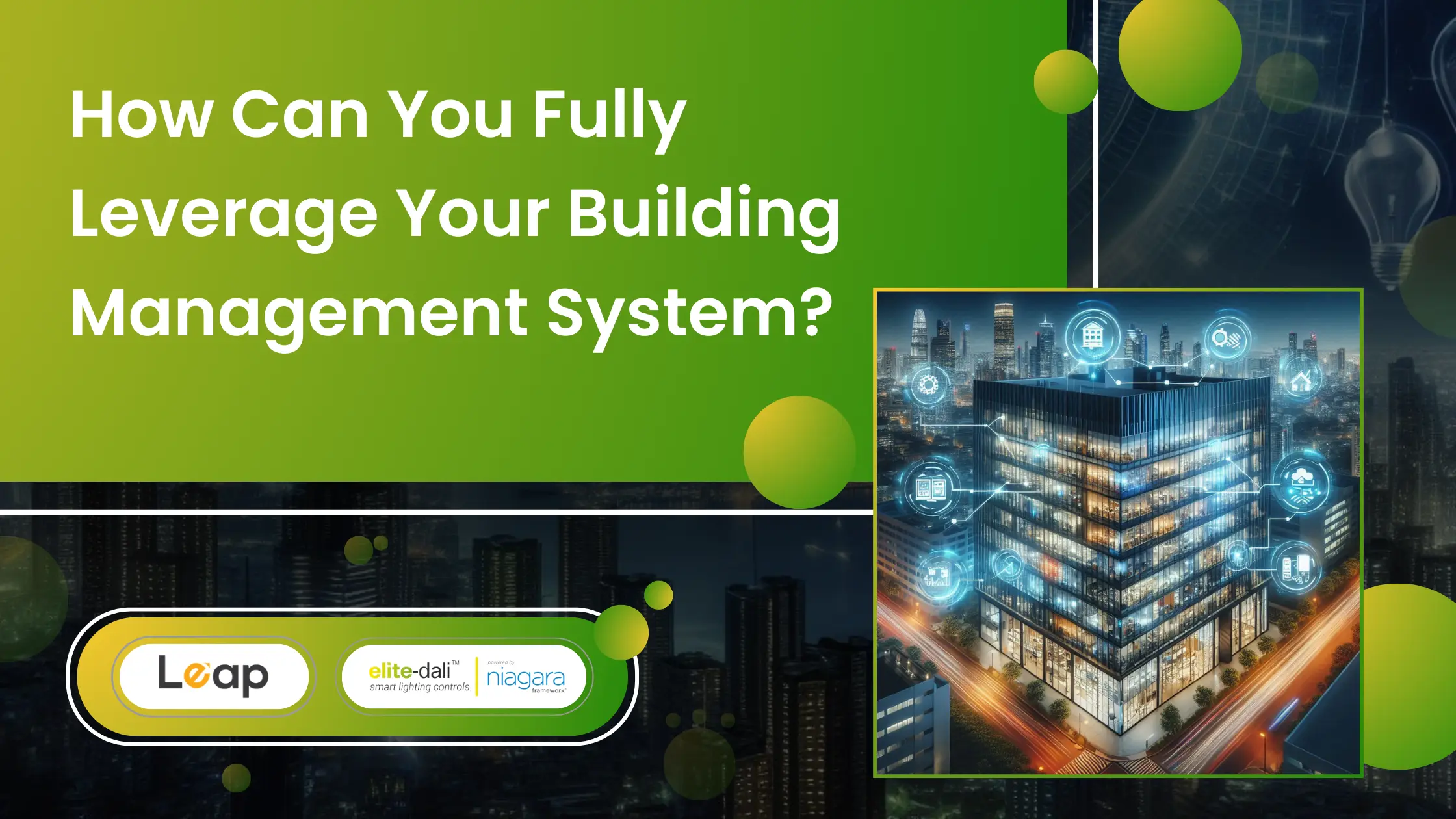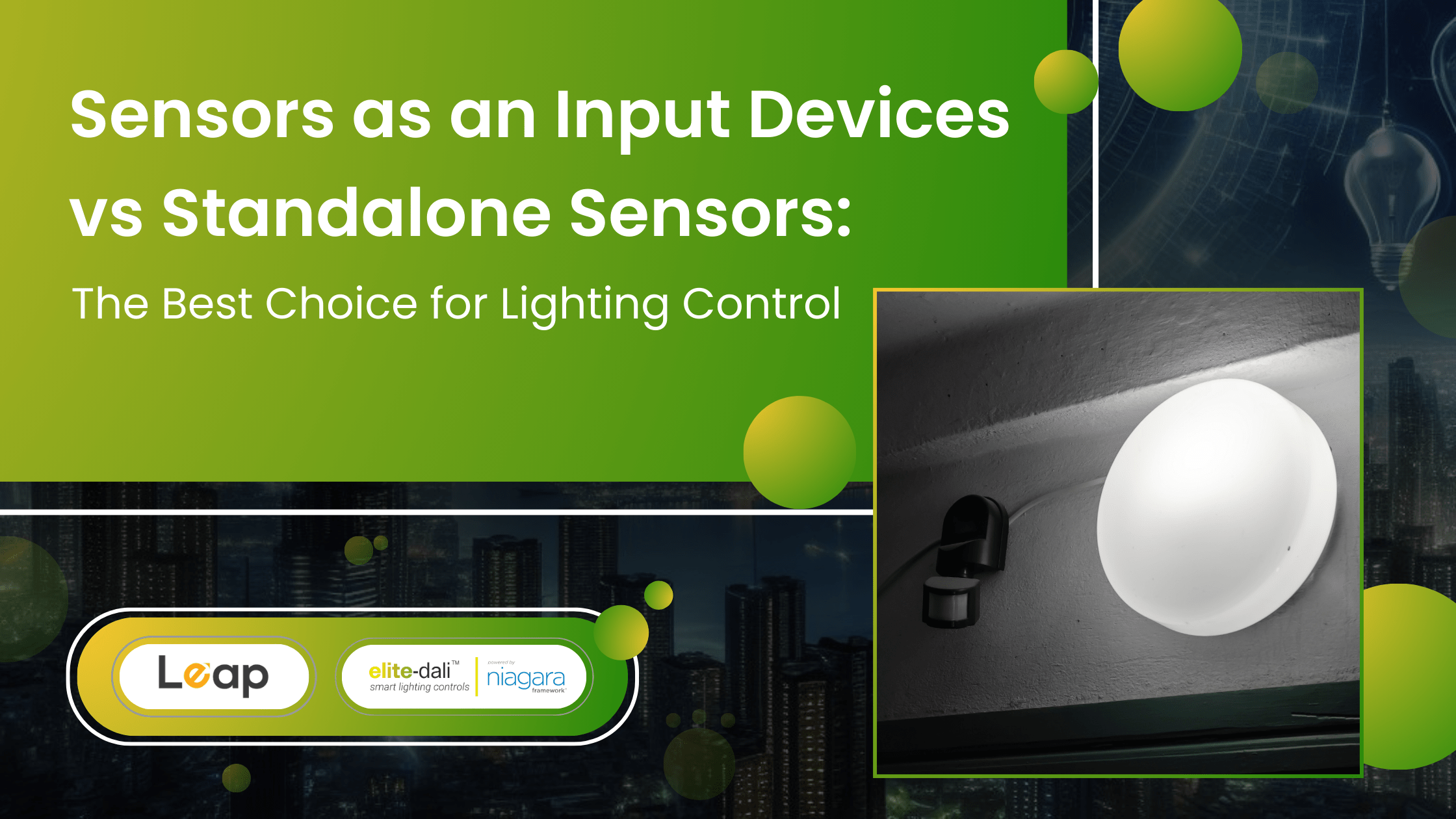Smart Buildings vs. Intelligent Buildings: What Do We Really Need?
Welcome to the future of building management—where technology meets sustainability to create smarter, more efficient spaces. As urban populations grow and environmental concerns escalate, the demand for smart and intelligent buildings is at an all-time high. From optimizing energy consumption to enhancing occupant comfort and safety, these advancements are reshaping how we live and work in urban environments.
Understanding Smart Buildings vs. Intelligent Buildings:
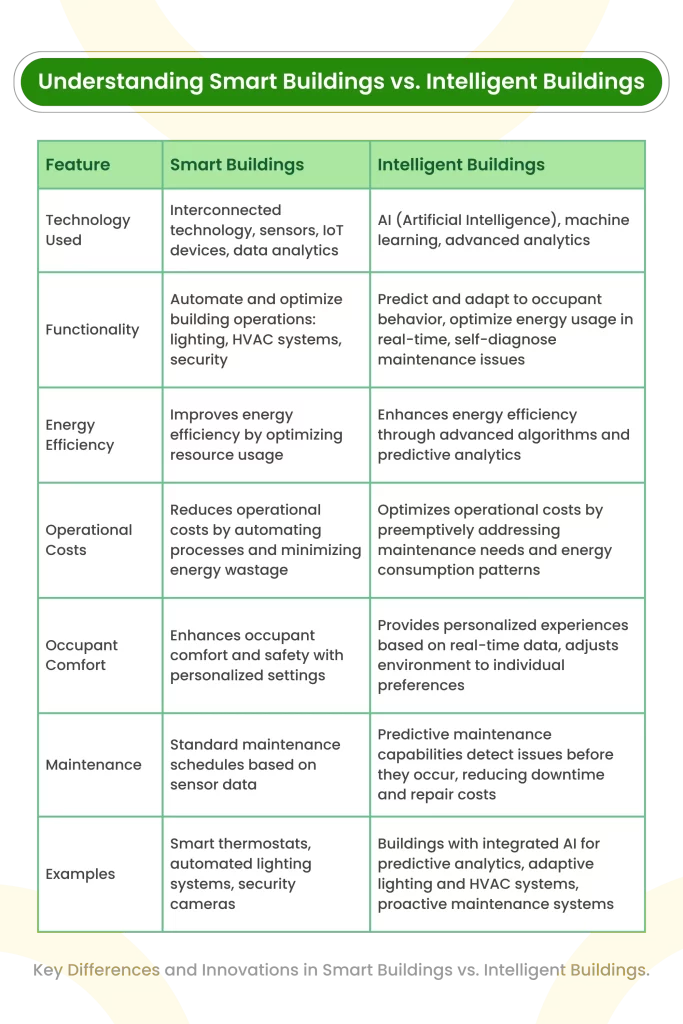
Why Do We Need Smart and Intelligent Buildings?
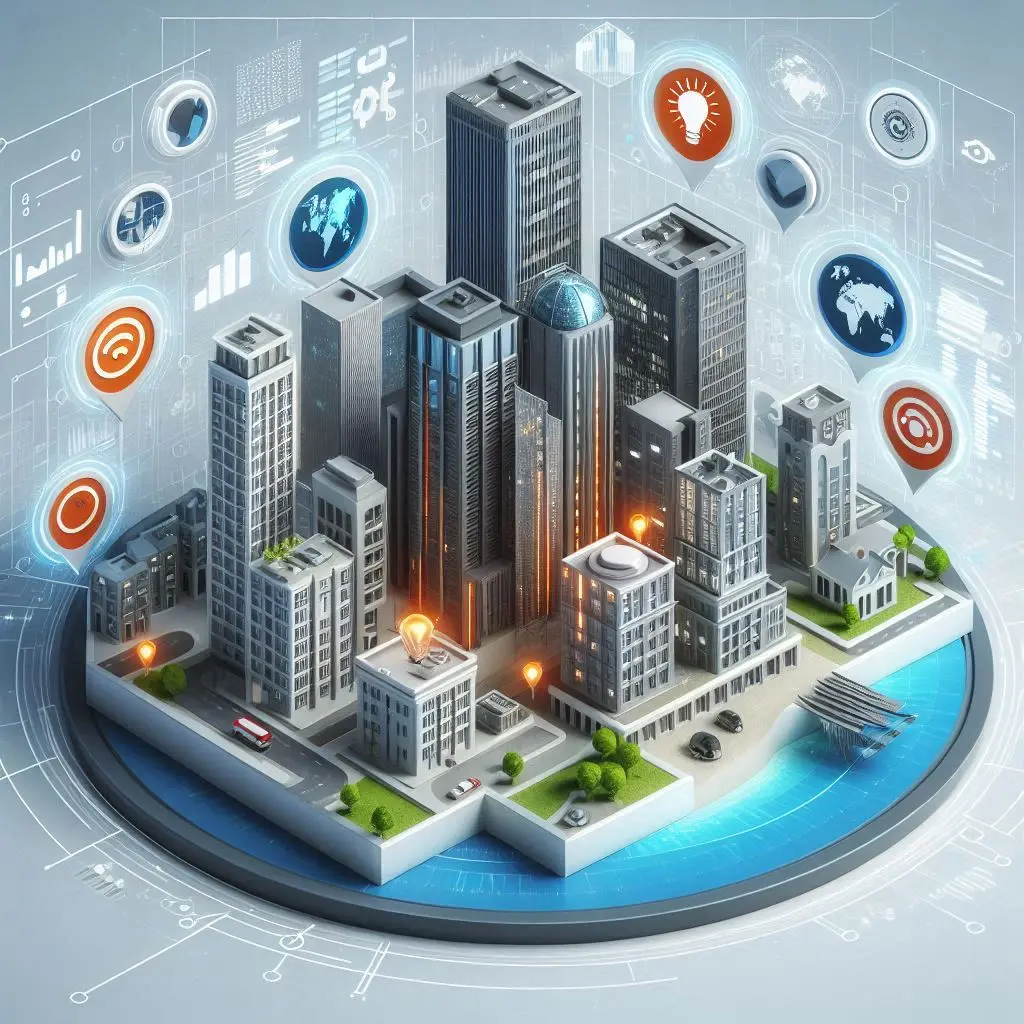
Smart and intelligent buildings represent the future of sustainable urban development and efficient resource management. They not only optimize energy usage and operational costs but also enhance occupant experience and safety. By leveraging cutting-edge technologies such as AI and IoT, these buildings pave the way for smarter, greener cities.
Key Considerations When Implementing Smart and Intelligent Buildings:
Implementing smart and intelligent buildings requires careful planning and adherence to essential considerations to ensure successful integration and operation:
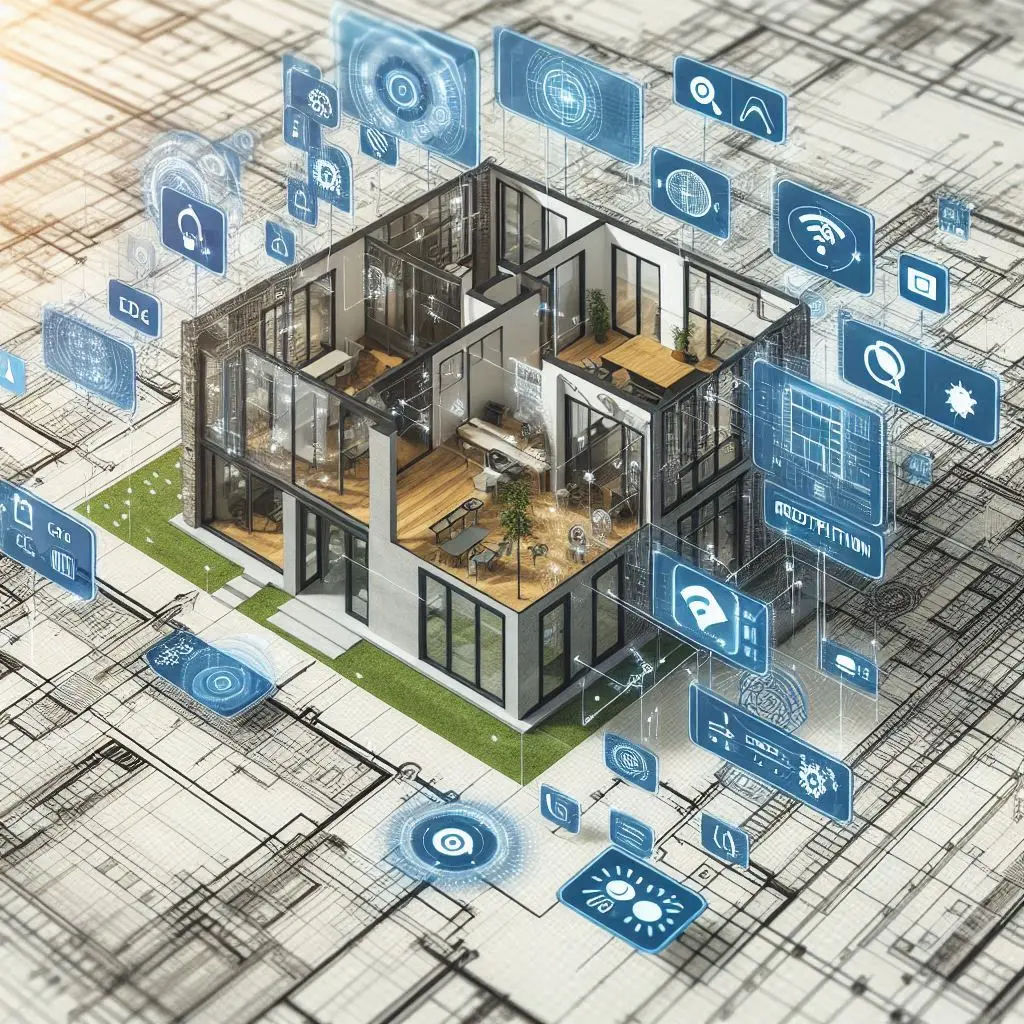
1. Planning and Design:
- New vs. Retrofit: Strategically decide whether to incorporate smart technologies into new constructions or upgrade existing infrastructure.
- Architectural Alignment: Ensure smart systems complement the building’s design for optimal functionality and aesthetic appeal.
2. Integration of Infrastructure:
- Compatibility Challenges: Address interoperability issues when integrating new technologies with legacy systems.
- Scalable Solutions: Plan for future upgrades and expansions without disrupting current operations.
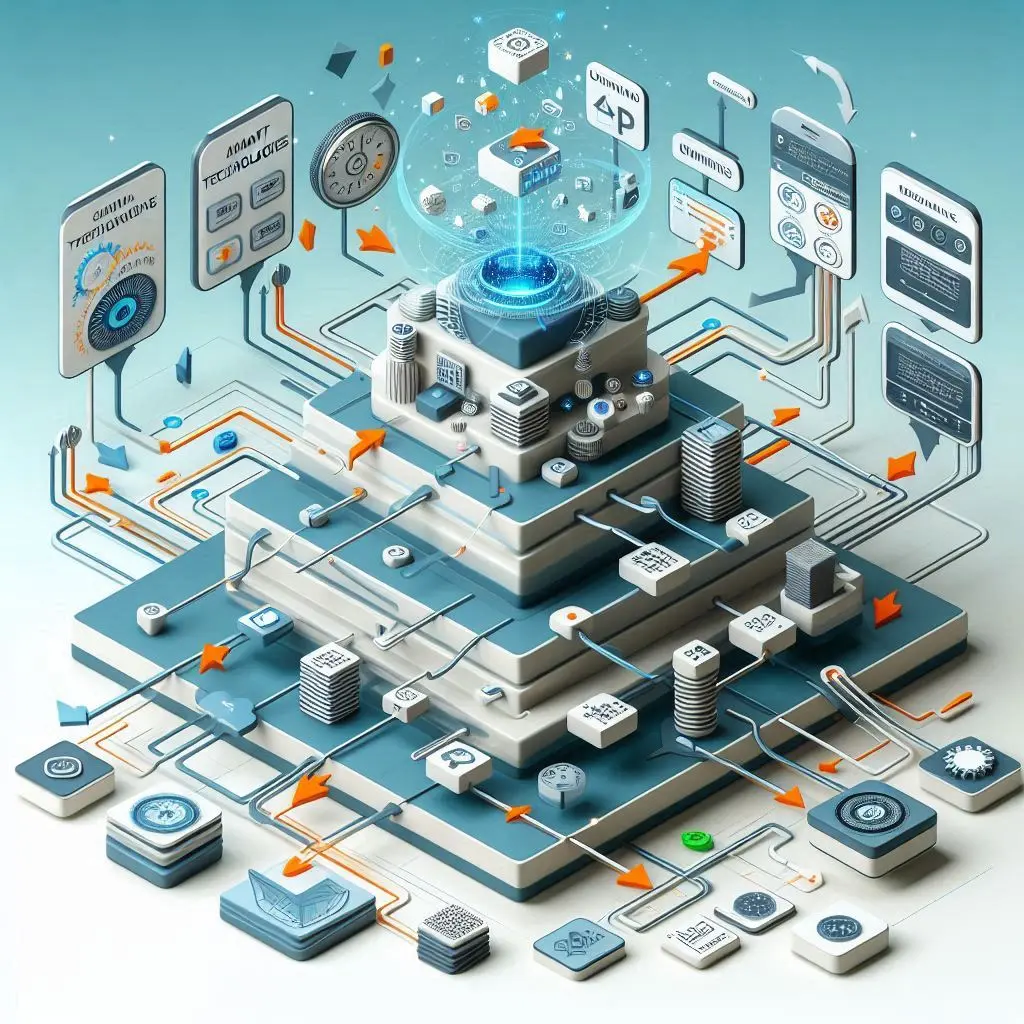
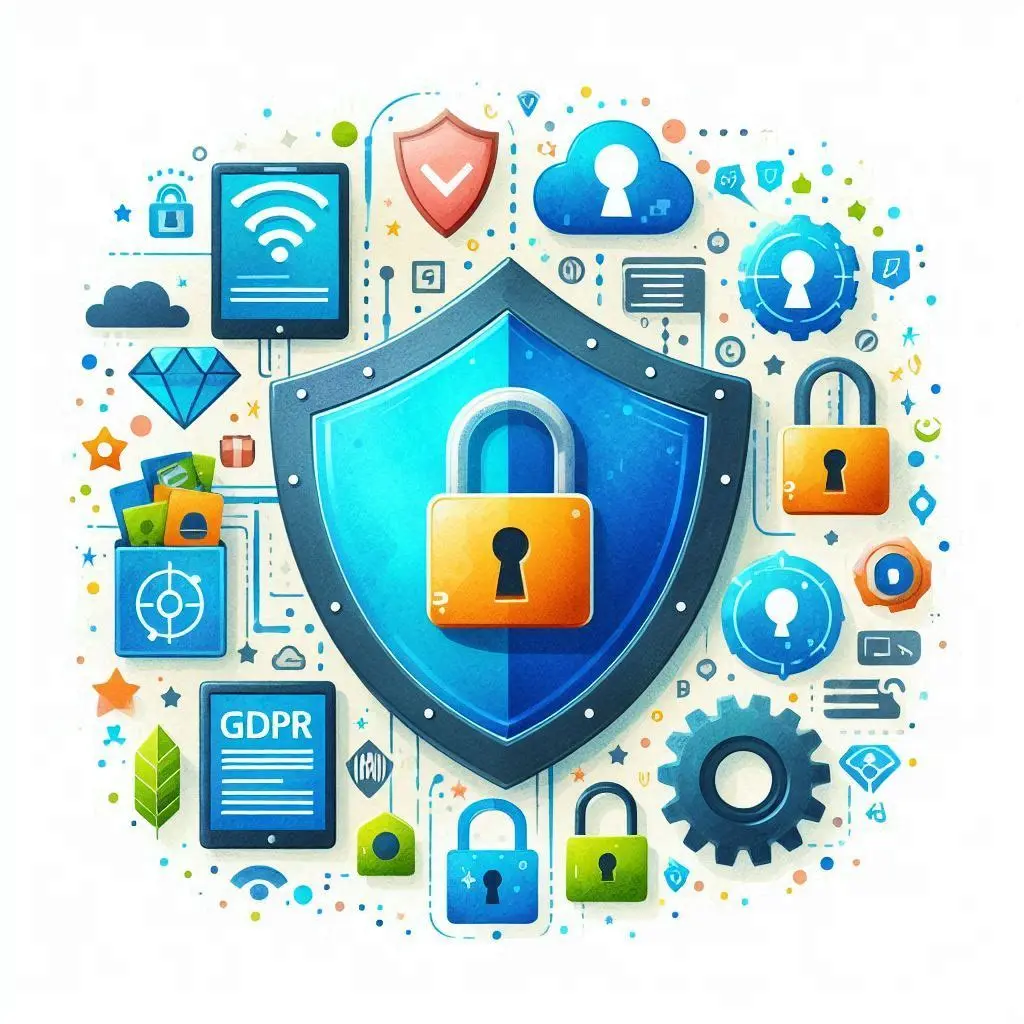
3. Data Security and Privacy:
- Cybersecurity Measures: Implement robust protocols to protect data transmitted and stored by IoT devices.
- Regulatory Compliance: Adhere to GDPR, CCPA, and local regulations to safeguard user information and ensure legal compliance.
4. Strategies for Interoperability:
- Standard Protocols: Use industry-standard communication protocols (e.g., MQTT, BACnet) for seamless data exchange.
- Middleware Platforms: Deploy middleware solutions to facilitate integration and compatibility among diverse systems.

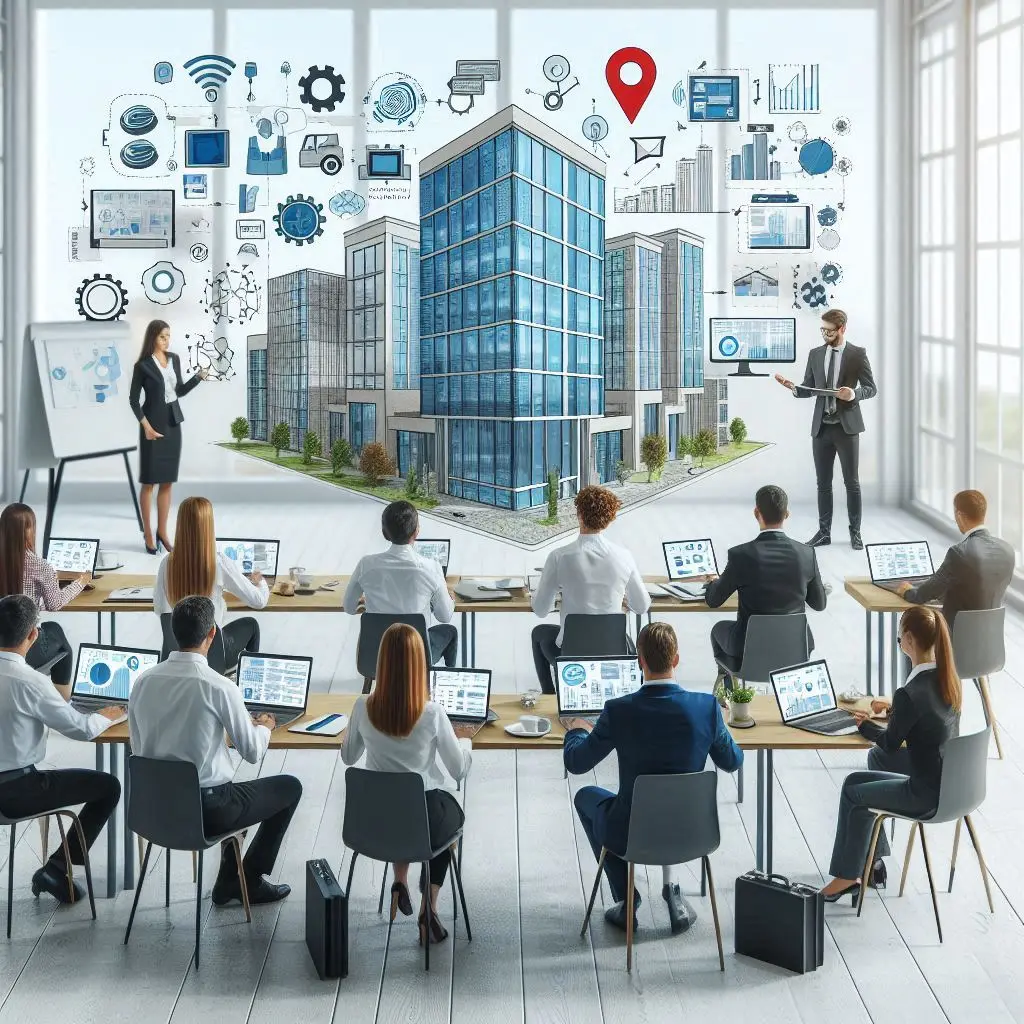
5. Training and Upskilling:
- Employee Education: Provide comprehensive training to building management personnel on new technologies.
- Continuous Development: Encourage ongoing learning to keep pace with advancements in smart building technologies.
Challenges and Solutions in Smart and Intelligent Buildings:
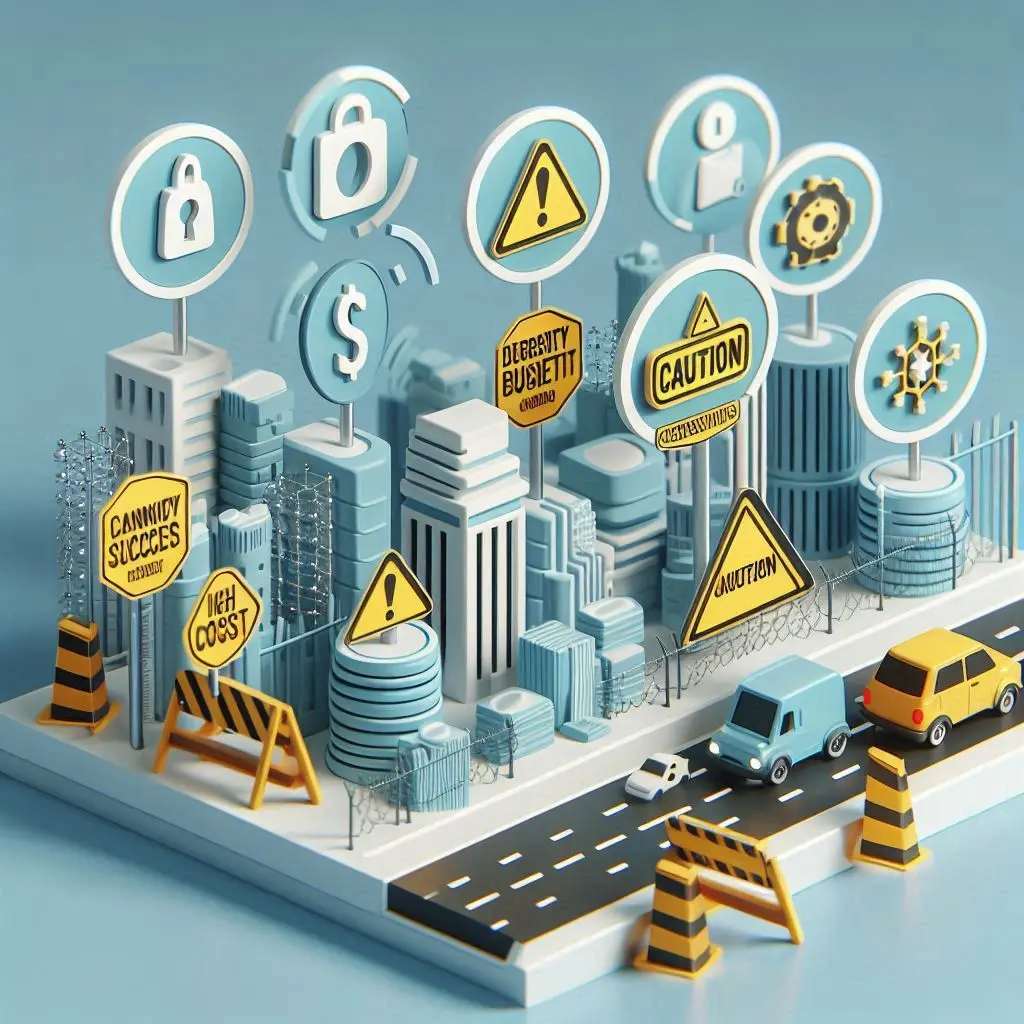
Challenges:
Adoption Barriers: Initial costs, interoperability issues, and cybersecurity risks hinder widespread adoption of smart building technologies.

Solutions
Mitigation Strategies: Financial planning, use of standardized protocols, and robust cybersecurity measures are key to overcoming these challenges.
Conclusion:
Smart and intelligent buildings are vital for sustainable urban development and operational efficiency today. Embracing these technologies leads to smarter, greener cities that benefit both people and the planet.
Discover how smart building solutions can enhance your environment and contribute to a sustainable future.
Contact us today to explore integrating smart technologies into your building projects.


